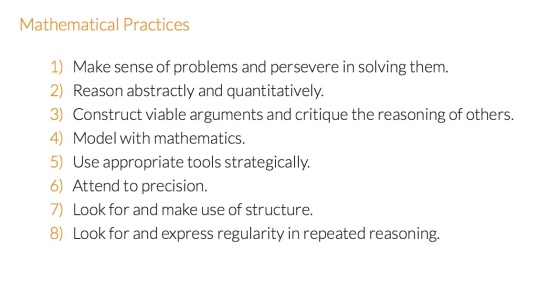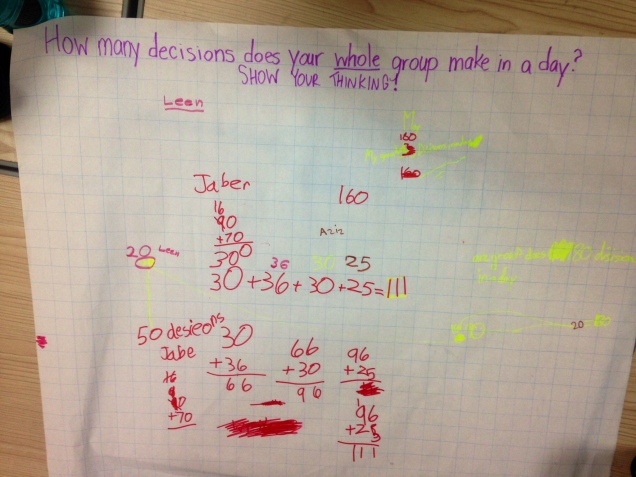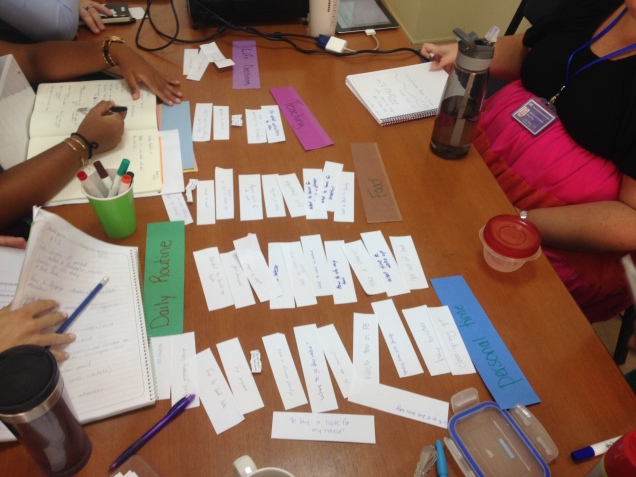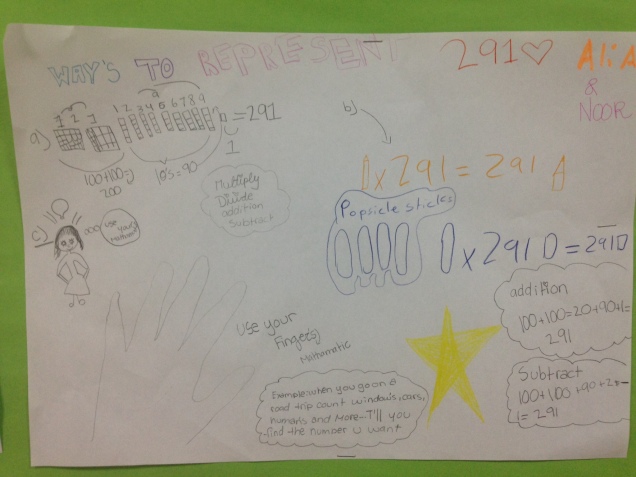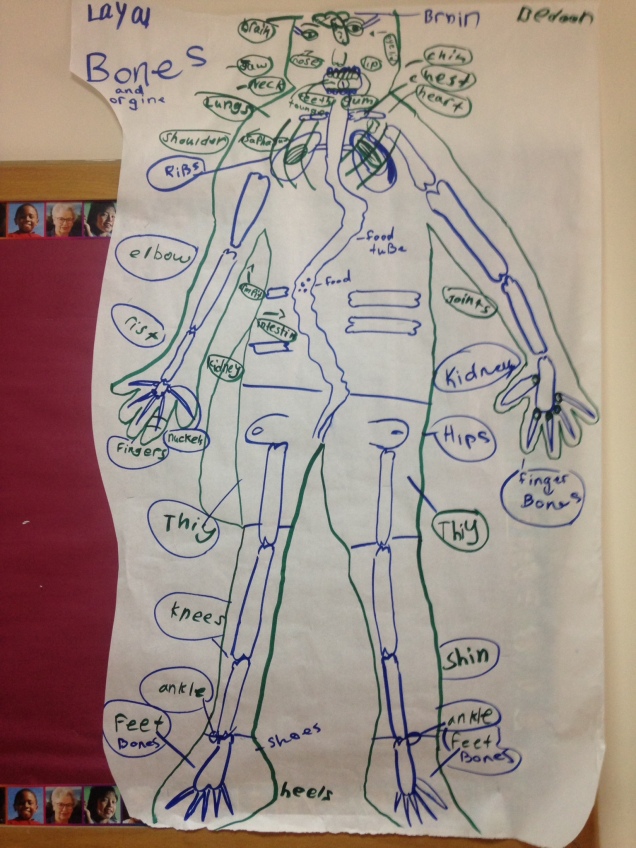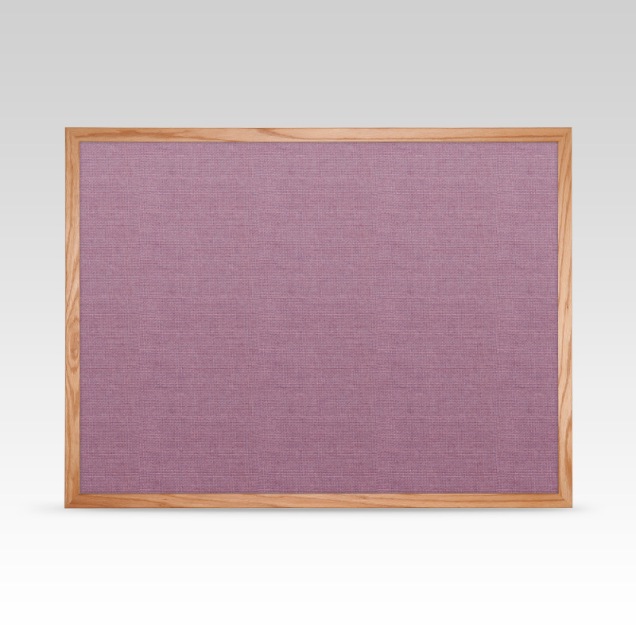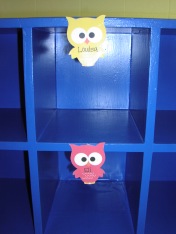For the past few weeks I have been helping my teams review their math scope and sequence and decide which math is transdisciplinary and fits within a Unit of Inquiry and what math is better taught in stand-alone units. This process always seems to lead to the same conclusion….
Teaching math in a transdisciplinary way is hard.
Teachers seem to believe in the purpose and power of teaching math in a relevant and significant context and want to do it… but most seem not too sure about how to do it.
As I get ready to transition back into the classroom in the fall, this is something that has started to occupy my mind as well. How DO you do it? The last time I was a PYP teacher I can self-admit that teaching math within the context of my UOIs was not a strength of mine – in fact, I’m not sure if I did it at all. So naturally, this is an area I want to get much better at. But how?
And then I had an idea! It hit me this weekend while I was watching BBC’s Africa series.
Since teaching math in a transdisciplinary way was on my mind, I couldn’t help but notice that every vignette was OVERFLOWING with opportunities for math inquiries!
“The average size of a giraffe’s tongue is half a meter.”
“Only one out of 1000 turtles make it to adult hood.”
“One million birds migrate over the Sahara each year.”
“Each chick weighs only 20 grams.”
“The adult grows to be 5 times the size of the baby.”
“Silver ants can only survive in the sun for 1 hour.”
Every few minutes there was some piece of information about an animal or a landscape or a natural phenomenon where you needed to understand the math concept being referenced in order to fully understand what was being said. And that is when it hit me! All of the movies, books, articles, graphics etc. we use in our Units of Inquiry probably already contain opportunities for math – we just need to be looking for them and know what to do with them!
So here is my plan for next year!
Step 1- Introduce a text related to the central idea or the central concepts.
As usual, choose (or invite your students to help choose) a resources to explore the big idea in your current Unit of Inquiry. Introduce the text in an open-ended way. Allow the students to engage with the text in a natural and organic way. Read the book. Watch the movie. Listen to the song. Look at the info graphic. Allow the students to enjoy it and ask questions, make connections and offer thoughts. I’m thinking of using a back channel like Today’s Meet to allow students to communicate their thoughts, reactions and questions with their learning community while watching, listening or looking without interrupting one another. You could also provide post-its so students could record their thinking if a device is not available.
Step 2 – Revisit the text with a math focus
The next day, revisit the same text, but this time let students know that they will be looking at the text as mathematicians. Re-read the book. Re-watch the movie. Re-listen to the song. Re-look at the infographic. But this time, stop and pay specific attention to the “math moments”. If the video says “Giraffes’ tongues are half a meter long” pause the video and ask students, “What does that mean?” “How long is that?” “How can we find out?” “How can we show it?”. Any time a number, a measurement, a statistic, a pattern, or a concept is mentioned stop, point it out and explore it.
Step 3 – Follow where it takes you
When you stop to explore the math within a UOI text, be prepared to follow the inquiry. If it takes 10 minutes great. If it reveals other math concepts, skills and vocabulary that need to be explored first, back up and inquire into those. If your students need to bust out some manipulatives, look online, consult other mathematicians – do it! Allow what ever time is needed to explore and truly understand what the math means in that context.
Step 4 – Don’t stop at math!
After the initial open-ended viewing and the math-specific viewing… keep going! You could apply the same strategy for many different purposes. Explore the same text a third time with a writer’s lens and hone in on the techniques the writer used. Explore the same text with a musician’s perspective and focus on how different segments of music contribute to the message. Explore the same text from an artist’s point of view to analyze colour, line and shape that was used. This would be a great opportunity to connect with single-subject teachers and share some of the texts with them to be looked at and deconstructed multiple times, in multiple ways, through multiple disciplinary-perspectives. Your whole week could be deconstructing one text in different ways for different purposes!
Eventually, I believe you will be able to get to the stage where instead of telling students “here is the math” when exploring a UOI text, you will be able to ask them “where is the math?”. I also have the sneaking suspicion that if you allow students to document their thinking during the initial, unstructured exploration of the text there will be some math-related questions that are recorded about the quantities, measurements and statistics that are referenced. So you wouldn’t even need to point out the math, you could allow students’ own questions to be the driving force of the math inquiry.
So I challenge you… go back and look at some of your UOI books, videos, graphics etc and notice the opportunities for “math moments” and more!
How do you explore your UOIs through the discipline of math?
What are your best approaches to inquiring into math within the context of a UOI?


























